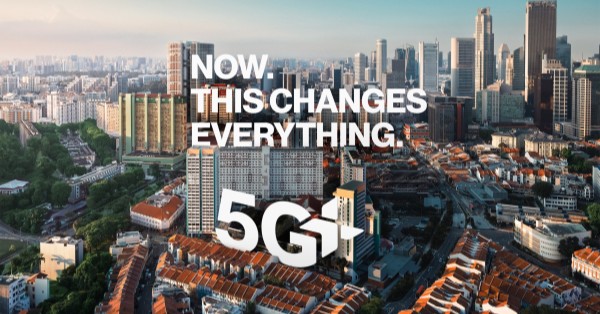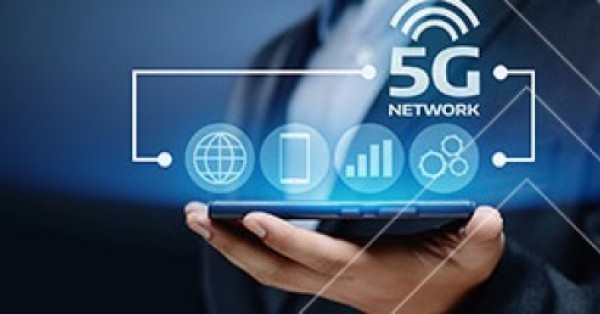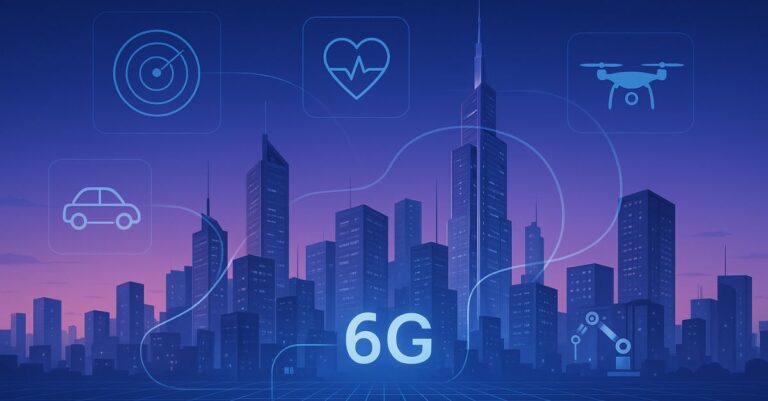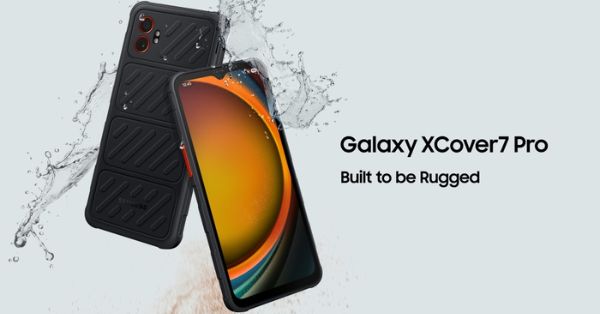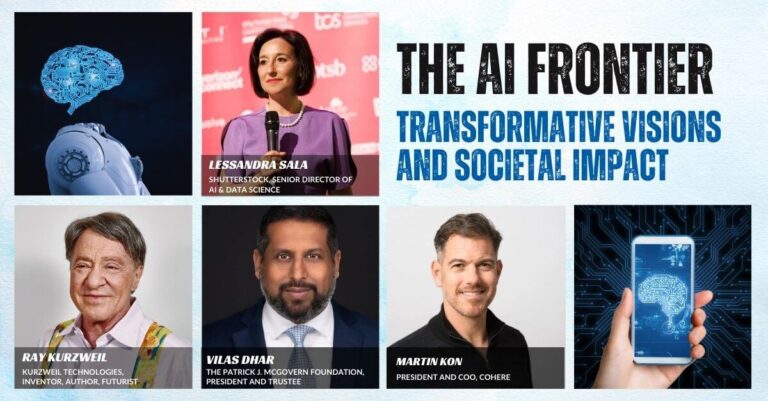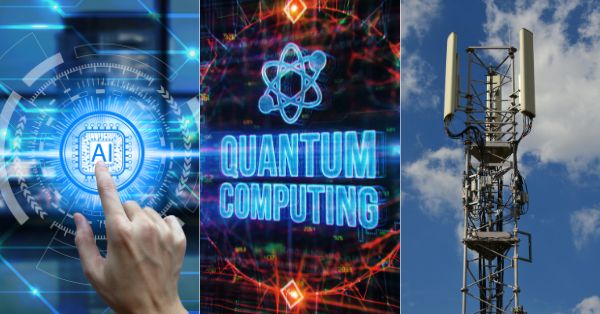In the past two years, wireless infrastructure has undergone some of its most significant transformations since the launch of 5G. Spectrum policy, RAN evolution, and edge computing are reshaping network economics. Now, a new layer is quietly but fundamentally altering what mobile networks can do: Integrated Sensing and Communication, or ISAC.
In our latest white paper, “Transforming Industries …
Home » Public sector
Public sector
Essential insights and practical tools for navigating private networks. Get Details.
Available on Amazon & Google Books
Subscribe To Our Newsletter
- Tech News & Insight
- July 1, 2025
- 5G Americas
- Tech News & Insight
- June 27, 2025
- Hema Kadia
Utilities are turning private LTE and 5G networks into revenue engines with monetization and shared use models. Learn how Fixed Wireless Access, neutral host strategies, mobile wholesale partnerships, and edge services help utilities bridge the digital divide, support local economies, and generate ROI from advanced network investments.
- Tech News & Insight
- May 15, 2025
- Hema Kadia
Singtel launches 5G+, introducing nationwide network slicing for both consumers and enterprises, a global first. This upgrade brings faster speeds, lower latency, stronger indoor coverage, and real-time cyber protection to over 1.5 million users. Singtel 5G+ enhances mobile connectivity with the 700MHz spectrum, priority plans, and app-based slicing for business-critical apps, aligning with Singapore’s Smart Nation goals.
- Tech News & Insight
- May 9, 2025
- Rohit Nambiar
Indoor 5G enables high-speed, low-latency connectivity in enclosed environments like offices, hospitals, and airports, supporting mission-critical applications and smart building operations. The market is driven by technological advancements in small cells, distributed antenna systems, and a mix of mmWave and Sub-6 GHz bands. Asia-Pacific leads in adoption due to smart city initiatives and government support. Picocells and antennas are key components, with growing demand in emerging economies fueled by subsidies and infrastructure upgrades. Recent developments include partnerships and acquisitions aimed at strengthening indoor 5G capabilities.
- Tech News & Insight
- May 6, 2025
- Hema Kadia
Access to reliable broadband is essential for work, education, and healthcare—but millions of Americans remain disconnected due to high costs. This article explores how the Universal Service Fund (USF), once focused on phone access, must be modernized to support affordable internet in a digital-first economy. With the expiration of the Affordable Connectivity Program and growing legal uncertainty around USF funding, bold policy reform is urgently needed to close the broadband affordability gap and ensure digital equity.
- Tech News & Insight
- April 21, 2025
- Hema Kadia
ETSI has published its first ISAC report for 6G—ETSI GR ISC 001—highlighting 18 use cases across healthcare, public safety, automation, and mobility. The report dives into deployment scenarios, sensing modalities, and KPIs like fine motion accuracy and sensing latency. It also outlines security, privacy, and sustainability guidelines for real-world ISAC integration into 6G networks.
- Tech News & Insight
- April 15, 2025
- Hema Kadia
Samsung has launched two new rugged devices—the Galaxy XCover7 Pro smartphone and the Tab Active5 Pro tablet—designed for high-intensity fieldwork in sectors like logistics, healthcare, and manufacturing. These devices offer military-grade durability, advanced 5G connectivity, and enterprise-ready security with Samsung Knox Vault. Features like hot-swappable batteries, gloved-touch sensitivity, and AI-powered tools enhance productivity and reliability in harsh environments.
- Article & Insights
- April 10, 2025
- Hema Kadia
In The AI Frontier: Transformative Visions and Societal Impact, global AI leaders explore the next phase of artificial intelligence—from Ray Kurzweil’s prediction of AGI by 2029 and bio-integrated computing, to Alessandra Sala’s call for inclusive, ethical model design, and Vilas Dhar’s vision of AI as a tool for systemic human good. Martin Kon of Cohere urges businesses to go beyond the hype and ground AI in real enterprise value. Together, these voices chart a path for AI that centers values, equity, and impact—not just innovation.
- Tech News & Insight
- April 1, 2025
- Hema Kadia
Southern Linc has teamed up with OneLayer to upgrade its CriticalLinc LTE network, focusing on advanced network management and robust security measures. This partnership enhances device management and threat detection, ensuring high reliability for critical communications.
- Tech News & Insight
- March 21, 2025
- Hema Kadia
This articles explores how AI, quantum computing, and next-gen connectivity are shaping the future of innovation. From ethical AI and quantum-safe cryptography to 6G-enabled access to education and healthcare, these converging technologies are redefining what’s possible across industries. The key: inclusive, sustainable, and collaborative development.
Whitepaper
Telecom networks are facing unprecedented complexity with 5G, IoT, and cloud services. Traditional service assurance methods are becoming obsolete, making AI-driven, real-time analytics essential for competitive advantage. This independent industry whitepaper explores how DPUs, GPUs, and Generative AI (GenAI) are enabling predictive automation, reducing operational costs, and improving service quality....

Whitepaper
Explore the collaboration between Purdue Research Foundation, Purdue University, Ericsson, and Saab at the Aviation Innovation Hub. Discover how private 5G networks, real-time analytics, and sustainable innovations are shaping the "Airport of the Future" for a smarter, safer, and greener aviation industry....

Article & Insights
This article explores the deployment of 5G NR Transparent Non-Terrestrial Networks (NTNs), detailing the architecture's advantages and challenges. It highlights how this "bent-pipe" NTN approach integrates ground-based gNodeB components with NGSO satellite constellations to expand global connectivity. Key challenges like moving beam management, interference mitigation, and latency are discussed, underscoring...

Download Magazine
With Subscription
Subscribe To Our Newsletter
Executive Interviews
Brand Connect
Amplify Your Brand & Boost Your Business
- Thought-Leadership Management
- Magazine Article
- Executive Interviews
- Whitepapers
- Research Reports
- Custom Research
- Blog Series
- Webinars
- Podcasts
- Advertorials
- Display Ads
- Event Partnership













